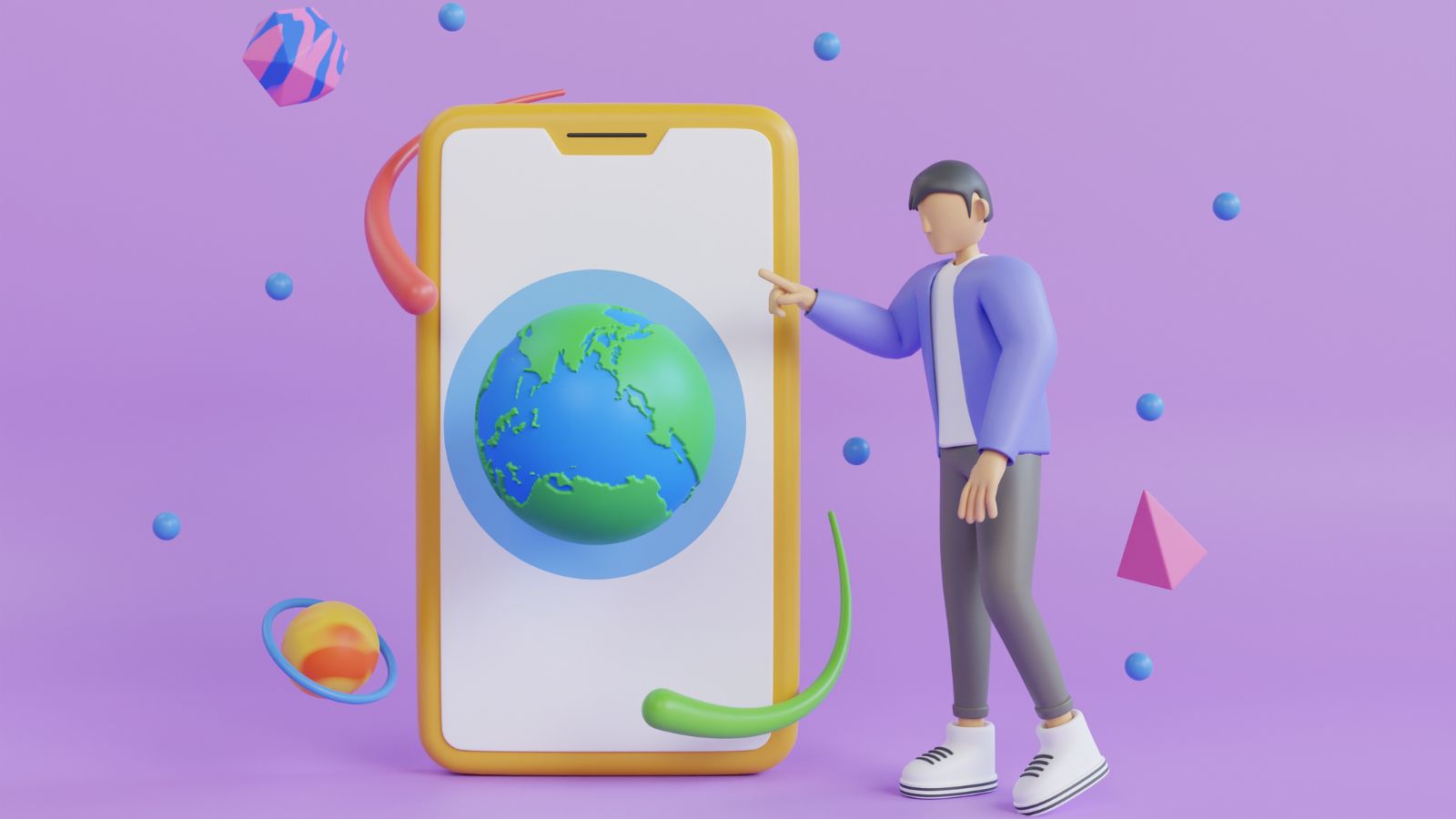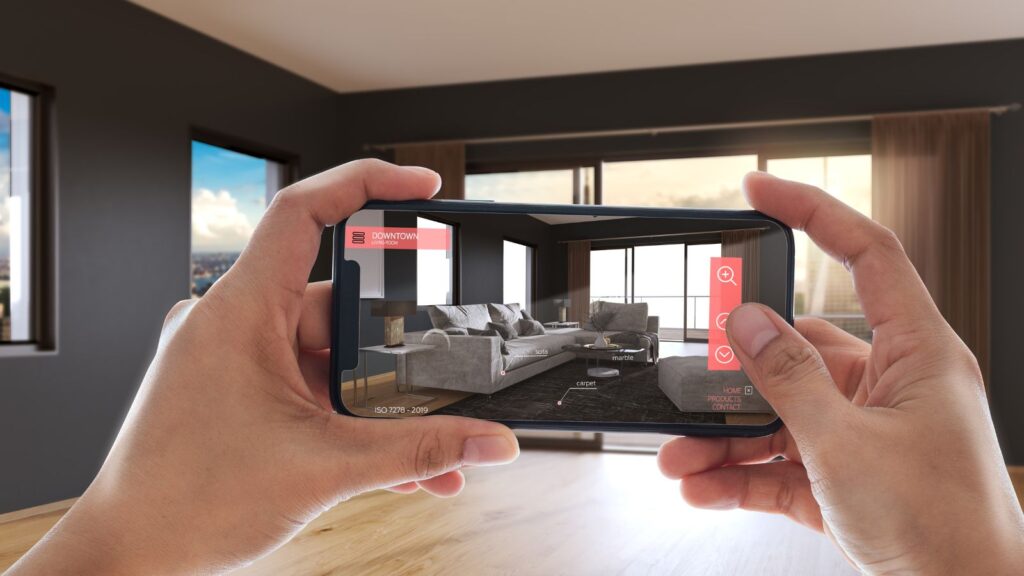Augmented Reality (AR) is transforming how users interact with mobile applications. Once considered futuristic, AR has now become a mainstream technology, enhancing experiences across industries such as retail, gaming, education, and healthcare. With the rise of powerful mobile devices and improved AR frameworks, developers are finding innovative ways to integrate AR into their apps, creating more immersive and engaging user experiences.
The Rise Of Ar In Mobile Applications
AR has evolved significantly over the years. From early applications like Pokémon Go to sophisticated e-commerce solutions that allow users to visualize furniture in their homes before purchasing, AR has proven to be more than just a gimmick. The technology overlays digital content onto the real world using the camera and sensors of a smartphone, making interactions more interactive and intuitive.
With the increasing adoption of ARKit for iOS and ARCore for Android, developers have access to tools that simplify AR development. These frameworks enable mobile applications to understand their environment, recognize surfaces, and provide realistic 3D experiences. As businesses realize the potential of AR in engaging customers, the integration of this technology is becoming a competitive advantage rather than a novelty.
How Ar Enhances User Experience In Mobile Apps
One of the biggest advantages of AR in mobile applications is its ability to provide an immersive and interactive experience. Unlike traditional apps, which rely on static interfaces, AR applications allow users to interact with their environment in real time. This level of engagement makes applications more intuitive and enjoyable.

For instance, in retail, AR enables customers to try on clothes virtually, preview how the makeup looks on their faces, or see how the furniture fits in their homes before purchasing. This enhances the shopping experience and reduces return rates, benefiting both consumers and businesses. To explore some of the most innovative AR applications, click here to see how leading brands leverage this technology.
Gaming is another sector that has greatly benefited from AR integration. Games like Pokémon Go and Harry Potter: Wizards Unite use real-world environments to create interactive gameplay, bridging the gap between digital entertainment and physical surroundings. As AR technology advances, more developers are experimenting with new ways to bring augmented Reality into mainstream gaming.
Challenges Of Integrating Ar Into Mobile Apps
While AR offers many benefits, integrating it into mobile applications comes with its own challenges. One of the primary obstacles is hardware limitations. Although modern smartphones have powerful processors and advanced cameras, AR applications require high processing power, leading to battery drain and performance issues if not optimized properly.
Another challenge is ensuring a seamless user experience. AR applications must be intuitive and user-friendly, as overly complex interfaces can deter users from engaging with the technology. Developers must balance innovation and usability, ensuring AR features enhance rather than complicate the user journey.
Additionally, AR applications require access to device sensors and cameras, raising privacy concerns among users. Developers must implement strong data protection measures and be transparent about how user data is collected and used to maintain trust and compliance with privacy regulations.
The Future Of Ar In Mobile App Development
As technology continues to evolve, the future of AR in mobile applications looks promising. With advancements in artificial intelligence (AI) and machine learning, AR experiences will become even more sophisticated, enabling real-time object recognition, spatial mapping, and enhanced interactivity. Integrating 5G technology will enhance AR applications by reducing latency and improving data transfer speeds, making AR experiences smoother and more responsive.
Industries beyond gaming and retail are also recognizing the potential of AR. AR is used for medical training in healthcare, allowing students to visualize complex procedures in a simulated environment. In education, AR-powered applications provide interactive learning experiences, making subjects like science and history more engaging for students.
Real estate is another industry benefiting from AR. Homebuyers can take virtual tours of properties, visualize spaces, and make informed decisions without needing physical visits. This technology is also used in interior design, where users can customize their living spaces with digital previews before committing to renovations or furniture purchases.
Automotive companies are integrating AR into their apps to provide enhanced navigation experiences, overlaying real-time driving directions onto windshields or mobile screens. This innovation improves road safety and helps drivers make better decisions while on the go.
With these advancements, AR is poised to become a fundamental aspect of mobile app development. Businesses that embrace AR early will gain a competitive edge, offering unique and immersive experiences that attract and retain users.

Conclusion
Augmented Reality is no longer just a futuristic concept but a powerful tool reshaping mobile applications across various industries. AR offers endless possibilities for businesses and developers, from enhancing user engagement to improving customer satisfaction. While challenges exist, ongoing advancements in technology are making AR more accessible and efficient than ever before.
As more companies invest in AR development, mobile applications will continue to evolve, providing users with richer and more interactive experiences. The future of mobile apps is undoubtedly augmented. Businesses that leverage this technology now will be at the forefront of innovation, offering their users unprecedented experiences in the digital world.
